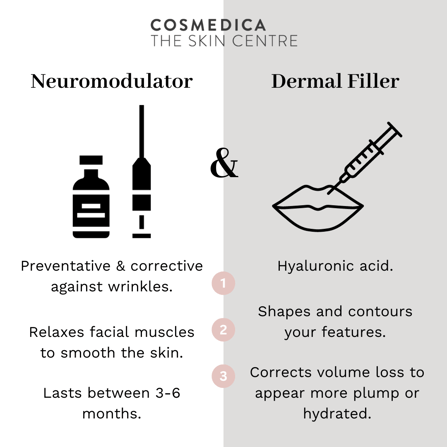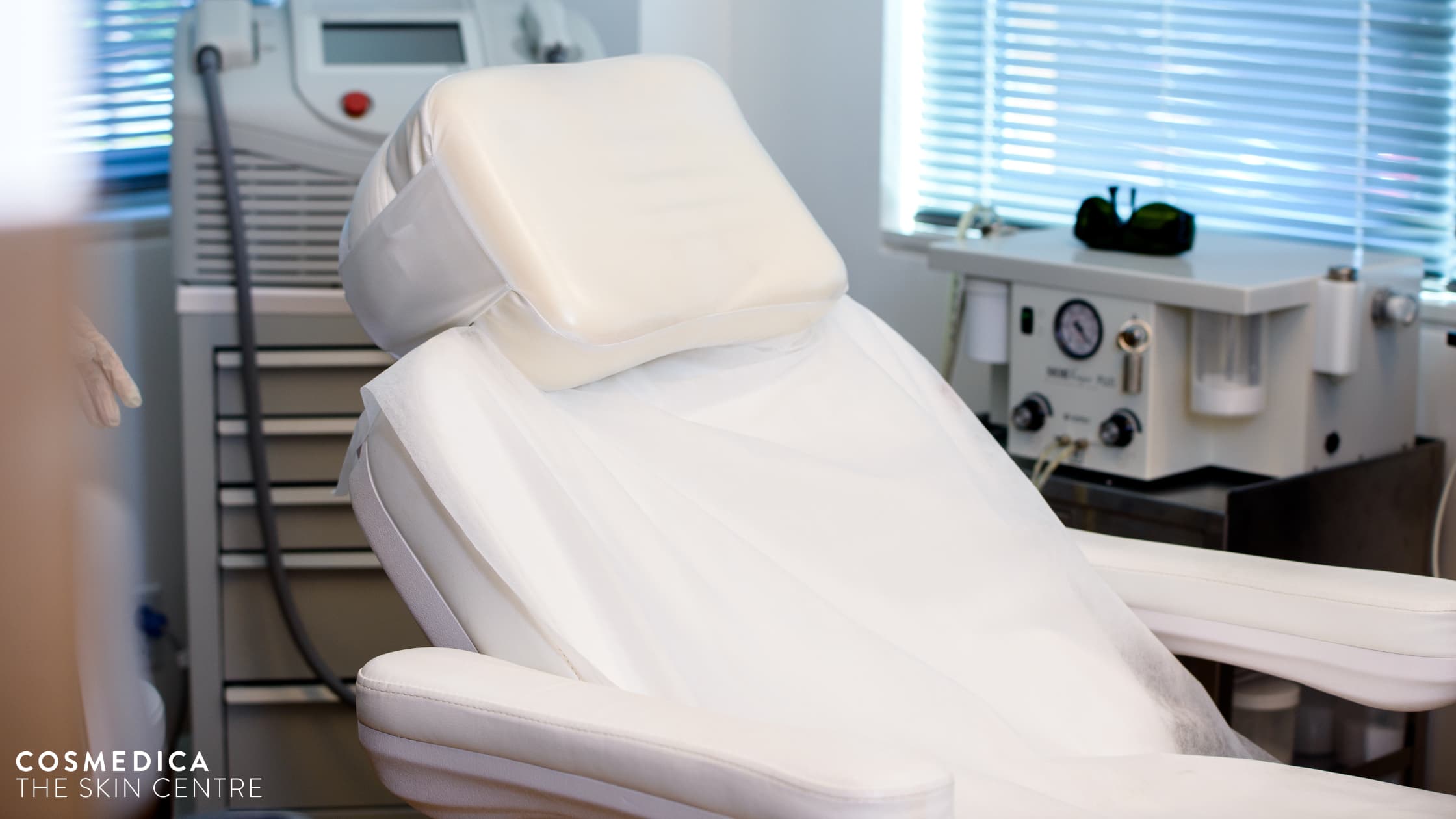
- Conditions
- Acne
- Acne Scarring
- Age Spots
- Birthmarks
- Body Contouring
- Chin Definition
- Crows Feet & Frown Lines
- Double Chin
- Eye Rejuvenation
- Facial Spider Veins
- Hand Rejuvenation
- Jawline Contouring
- Leg Veins
- Loose or Saggy Skin
- Melasma
- Moles
- Nose
- Pores
- Red Spots
- Rosacea
- Scars
- Skin Tags
- Skin Texture & Tone
- Stretch Marks
- Sweating
- Sun Damage
- Tattoos
- Lips
- Wrinkles
- Treatments
- Skin Booster
- Bela MD
- Belkyra™
- BBL™ (BroadBand Light)
- Clear + Brilliant®
- Clinical Peels
- CoolSculpting®
- Cryotherapy
- Microneedling
- Dermal Fillers
- Laser Hair Removal
- FRAXEL®
- Isolaz®
- Laser Genesis
- Microdermabrasion
- Microneedling
- miraDry®
- Micropeel
- Mole Excision
- Morpheus8
- Neuromodulators
- Photodynamic Therapy
- PICO Genesis™
- Pigment Laser Treatments
- RADIESSE®
- ResurFX™
- Scar Revision
- Skin Tightening
- Skincare
- StarFormer®
- Ultherapy®
- CO2 Laser
- Vascular Laser
- Shop
- Conditions
- Acne
- Acne Scarring
- Age Spots
- Birthmarks
- Body Contouring
- Chin Definition
- Crows Feet & Frown Lines
- Double Chin
- Eye Rejuventation
- Facial Spider Veins
- Hand Rejuvenation
- Jawline Contouring
- Leg Veins
- Melasma
- Moles
- Nose
- Pores
- Red Spots
- Rosacea
- Scars
- Skin Tightening
- Skin Tags
- Skin Texture & Tone
- Stretch Marks
- Sweating
- Sun Damage
- Tattoos
- Lips
- Wrinkles
- Treatments
- Bela MD
- Skin Booster
- Belkyra™
- BBL™ (BroadBand Light)
- Clear + Brilliant®
- Clinical Peels
- CoolPeel™
- CoolSculpting®
- Cryotherapy
- Dermal Fillers
- Microneedling
- EmFace®
- Laser Hair Removal
- Fotona® 4D
- Fotona Micropeel
- FRAXEL®
- Laser Genesis
- miraDry®
- Morpheus8
- Neuromodulators
- PICO Genesis™
- Pigment Laser Treatments
- RADIESSE®
- Scar Revision
- Skin Tightening
- Skincare
- StarFormer®
- Vascular Laser
- Ultherapy®
- CO2 Laser
- About
- Skincare
- Shop
- Blog
- Contact Us
Dermal Fillers vs Botox: Is There a Difference?
November 24, 2023 | cosmetic injections
IN THIS POST:
- 01 Dermal Fillers vs Botox: How Do They Work?
- 02 Dermal Fillers vs Botox: What Are the Differences?
- 03 Dermal Fillers vs Botox: Can They Be Combined?
- 04 How to Book a Consultation
TL;DR: Neuromodulators interfere with nerve signals to muscles, temporarily and safely immobilizing them, while dermal fillers physically plump and lift the skin by restoring lost volume. Although with many differences, as explored in this post, both result in smoother, more youthful-looking skin.
EST. READING TIME: 3mins
WHEN it comes to cosmetic procedures, we need to be armed with the right information to make a fully informed decision. This ensures that we’ll optimize results and minimize associated risks
That’s why it’s important to know the differences between these procedures – Botox, Nuceiva, Dermal Fillers, etc.
What are the differences in cost and duration of treatment between Botox and fillers, for example? And what kind of specific results do they really provide?
At Cosmedica, in Victoria, British Columbia, our philosophy on injectables is to consider your natural parameters of beauty as well as safety.
In this blog post, we’ll discuss the differences between Botox and fillers, what this means for you and the unique situations in which they can be combined.
DERMAL FILLERS VS BOTOX: HOW DO THEY WORK
Fillers are designed for injection into the skin to restore lost volume. Common filler types are:
- Revanesse
- Belotero
- Restylane
- Juvéderm
On the other hand, Botox, a well-known term, is actually a brand name. It’s become the catch-all name for neuromodulators, such as Kleenex for a box of tissues. Neuromodulators or substances that reduce muscle contraction at the level of the nerve and the muscle. They treat dynamic wrinkles, as well as reduce the volume of muscle overactivity that results in the bigger appearance of the jaw, for example.
Other FDA-approved neurotoxins you should know are:
- Nuceiva
- Dysport
- Xeomin
DERMAL FILLERS VS BOTOX: WHAT ARE THE DIFFERENCES?
 / DIFFERENCES BETWEEN NEUROMODULATORS & DERMAL FILLER
/ DIFFERENCES BETWEEN NEUROMODULATORS & DERMAL FILLER
When it comes to enhancing your appearance, it’s important to know the differences between dermal fillers and neuromodulators. To simplify, we’ll break down these distinctions into the following categories:
- How they work
- Where they are used
- Side effects
- Duration of results
- Cost of treatment
-
How They Work
The key difference in how neuromodulators and fillers work is in their respective targets.
Neuromodulators work by temporarily immobilizing muscle contractions, resulting in muscle relaxation.
In contrast, dermal fillers are injectable substances designed to add volume under the skin’s surface. They physically fill in spaces, providing support and plumping the skin.
-
Where They Are Used
While the areas of treatment between these two can overlap, their typical applications vary.
Neuromodulators are commonly used in specific facial zones, such as the forehead, frown lines between the eyebrows, the corners of the eyes (crow’s feet) etc.
On the other hand, fillers extend well into softer facial tissues (such as the lips), the neck and décolletage.
-
Side Effects
Again, they both have side effects in common, such as redness at the site, mild swelling and pain. These are temporary and will subside in no time.
However, the differences are based on their individual mechanism of action. Since neuromodulators work on muscle activity, there’s the risk of rare adverse effects such as muscle weakness or drooping in the treated area.
In contrast, fillers are injected substances, and unwanted effects could occur based on the introduction of a foreign substance into the body, especially if there was a previously known allergen.
In any case, your treatment provider should be informed of any side effects promptly.
Largely, these more serious adverse effects can be minimized by choosing highly skilled and experienced professionals.
This is why at Cosmedica, we ensure you get your injections from only qualified, board-certified injectors.
-
Duration of Results
This varies amongst individuals, especially due to factors such as adherence to post-treatment instructions, baseline skin needs, and specific treated area.
But here’s a general rule of thumb: neuromodulators last for about 3 to 5 months, while fillers can last anywhere from 8 to 12 months.
-
Cost of Treatment
Depending on different factors, the cost of the procedure can vary.
Neuromodulators are normally priced per unit. However, at Cosmedica, we price per area to provide a holistic approach and achieve better results, we price per area for your goals.
Dermal fillers are typically priced per syringe, with the quantity required determined by the extent of the enhancement desired. It also depends on the specific type of filler.
DERMAL FILLERS VS BOTOX: CAN THEY BE COMBINED?
One word: yes.
The combination of Botox and dermal fillers is a dynamic duo.
Since fillers are all about adding volume and neuromodulators excel at relaxing facial muscles, putting them together yields fantastic results. For example, neuromodulators address dynamic wrinkles caused by repeated muscle movements (picture: crow’s feet and frown lines). In contrast, fillers can target static wrinkles (picture: laugh lines and marionette lines).
It also means you’ll need fewer sessions, which means less time at the clinic and quicker recovery, so you can get back to your regular life without long breaks.
This combination gives you a more harmonious and balanced look.
GET YOUR COMPLIMENTARY CONSULTATION AT COSMEDICA

/ WELCOME TO COSMEDICA, THE SKIN CENTRE ©
Although different in many aspects, Botox and fillers can be combined for a common mission: your facial rejuvenation.
At Cosmedica, we believe in the best patient care.
Whether you’re ready to get started with either neuromodulators or fillers (or even as a treatment combo), or you need more clarification, you can take advantage of our complimentary consultation offer to you.
Get in touch today, and let’s explore your options towards an even more confident and refreshed version of yourself. We look forward to speaking with you.
* Take note that this blog is purely for educational purposes. During your consultation, you can get more personalized details and further clarification.

